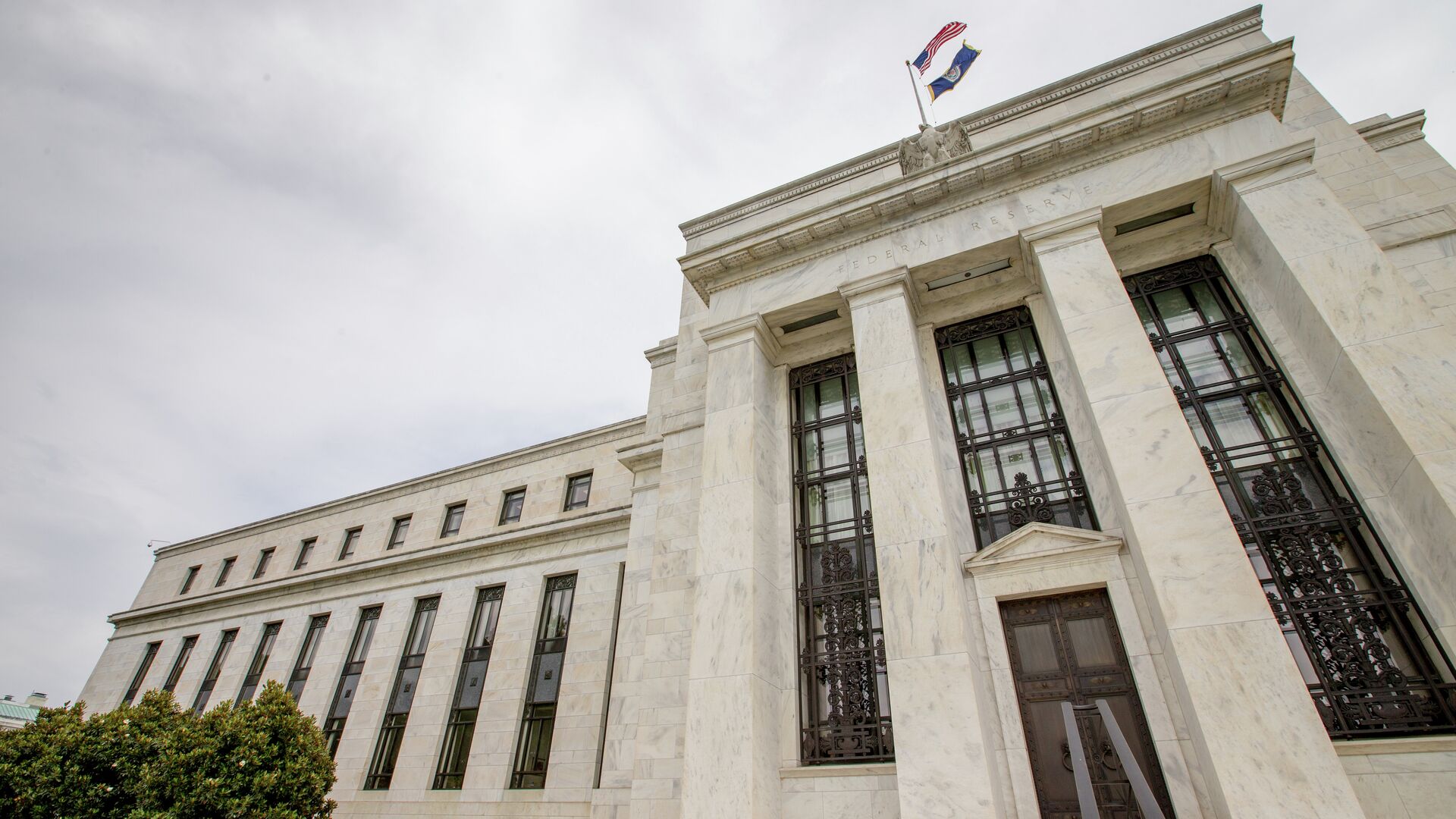US Federal Reserve Chair Jerome Powell warned leading economists and bankers on Thursday that while good things lay in store for the US economy as the COVID-19 pandemic draws to a close, the nation won’t simply return to status quo ante coronavirus.
“There are a number of factors that are coming together to support a brighter outlook for the US economy,” Powell said Thursday during the spring meetings of the International Monetary Fund and the World Bank, the two major pillars of Western-centered system of international monetary management born after World War II.
While he noted those factors put the US “on track to allow a full reopening of the economy fairly soon,” he cautioned that “It’s important to remember we’re not going back to the same economy. This will be a different economy.”
Indeed, while employers will be hiring again, they won’t be hiring the same workers or looking to fill the same positions. Many businesses opted to switch to automation during the pandemic, which was accompanied by a dramatic recession and produced similar results. Tens of millions were thrown out of work, and while the US Bureau of Labor Statistics reported last week that 916,000 jobs were added in March and the official unemployment rate is just 6%, 43.4% of those unemployed are long-term unemployed, meaning they have been without work for more than 6 months.
On top of the 9.7 million unemployed persons in the US are another 6.9 million people who are not part of the labor force - meaning they’re not counted as unemployed - but who want a job, according to the BLS report. In other words, the true unemployment rate isn’t 6%, it’s 10.3%.
A February Pew Research report also found that two-thirds of unemployed people have considered changing careers.
“We think that there is a very real scenario in which a lot of the large employment, low-wage jobs in retail and in food service just go away in the coming years,” Susan Lund, head of the McKinsey Global Institute, told the Washington Post in February. “It means that we’re going to need a lot more short-term training and credentialing programs.”
Uneven Vaccine Drive
While daily new cases of COVID-19 in the US are down considerably from their catastrophic winter highs, the real promise of reopening the economy is coming with vaccinations. US President Joe Biden has pledged to vaccinate 200 million people with at least one shot by May 1 out of a US population of roughly 330 million.
According to data from the US Centers for Disease Control and Prevention (CDC) released on Thursday, the US had fully vaccinated 25.4% of its adult population and given at least one dose of a vaccine to 43.2%, with those numbers being 19% and 33.7%, respectively, for the entire population.
Meanwhile, World Trade Organization Director-General Ngozi Oknojo-Iweala noted Thursday, “If we don’t do something to change the pace at which the poorer countries are getting access to vaccines, it will take a long time to get to herd immunity for the world.” Just 0.1% of vaccines have gone to low-income countries, and the world’s richest nations have bought up multiple times what their populations require for full immunization.
Nations of the Global South have primarily gotten their vaccines through the World Health Organization’s COVAX program, to which other nations donate supplies, or from Russia and China. The two nations have signed deals with many nations in Africa, Asia and South America to provide vaccines, in some cases including building factories, like China will do in Egypt.


